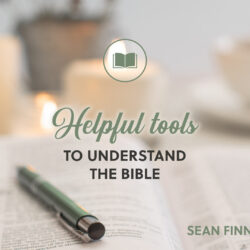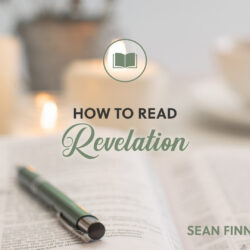551 Read the Bible for Yourself 18: Helpful Tools to Understand the Bible
This is part 18 of the Read the Bible For Yourself. What tools can help you understand the bible better? Today we’ll cover some recommended resources for you to deepen your study of the scriptures, including bible dictionaries, commentaries, bible software, AI, and more. Of course, it’s impossible to cover everything in a reasonable time Read more about 551 Read the Bible for Yourself 18: Helpful Tools to Understand the Bible[…]


















